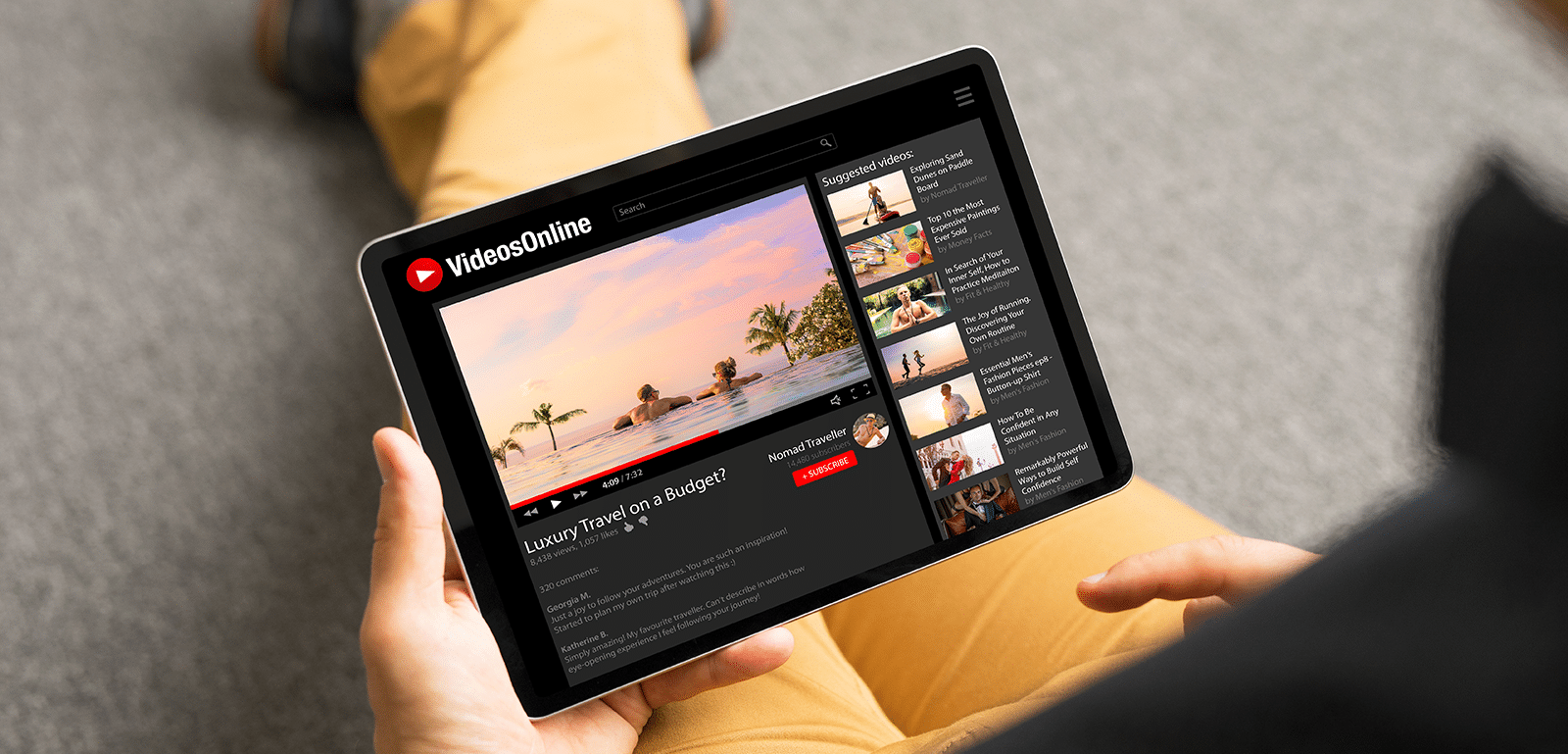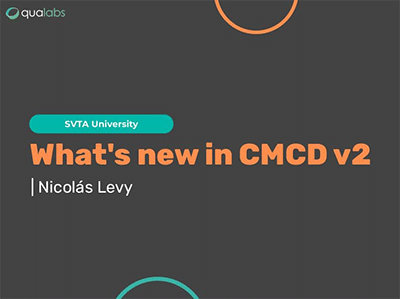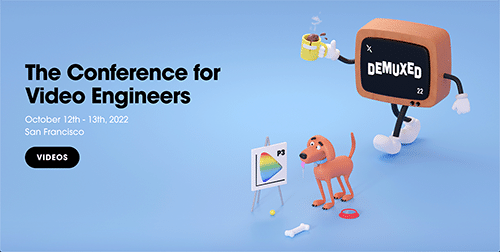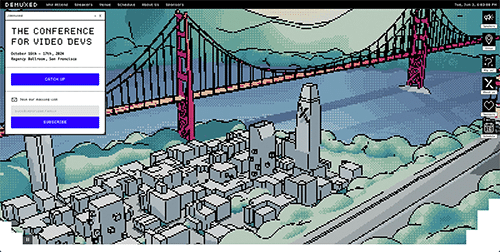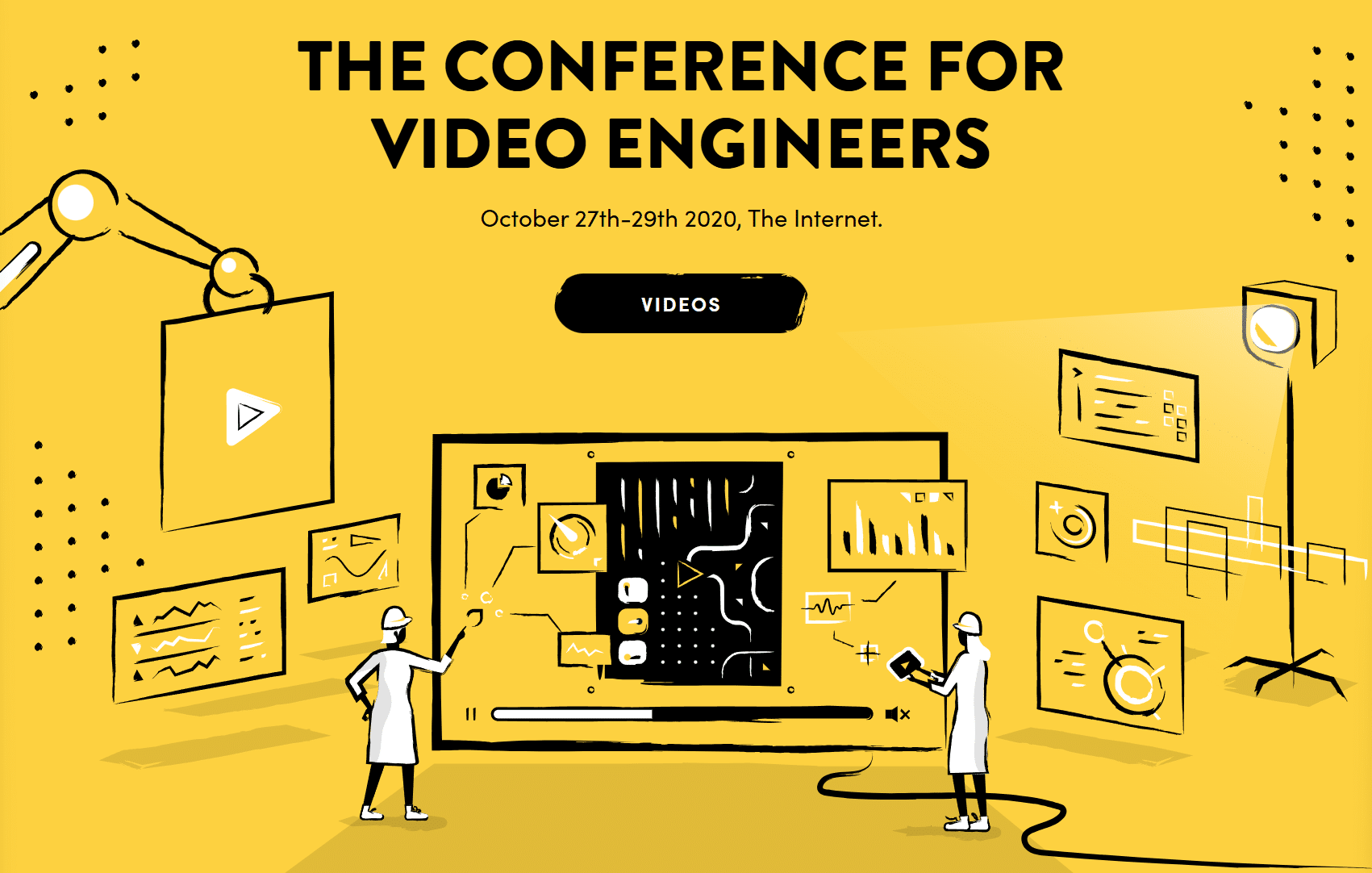- Streaming professionals who will build and configure encoding ladders for H.264, HEVC, VP9, and AV1 codecs, and configure HLS and DASH output
- Engineers and developers creating streaming-related products, tools and services
- Streaming professionals who will participate in key technology decisions like codec selection, make vs. buy, on-premise or cloud, and open-source vs. commercial tools and services for VOD and live streaming
- Other technical professionals who need a comprehensive grasp of streaming-related technologies, techniques, tools, and best practices
What You Will Learn
In about 12 hours, this online course will teach you the terms, technologies, best practices, and skills needed to excel in a technical role in the streaming media industry. You will learn:
- How to encode and deploy streaming video using the H.264, HEVC, VP9, and AV1 codecs. What the VVC, LCEVC, and EVC codecs are and when (and if) they will become relevant.
- How to encode for single file and adaptive bitrate encoding and packaging for HLS, DASH, and CMAF.
- About digital rights management (DRM) and distribution issues like choosing a CDN and how to measure and ensure Quality of Service (QoE) and Quality of Experience (QoE).
- Critical production-level decisions, like whether to encode on-premise or in the cloud, how to choose a per-title encoding technology and cloud encoder, and how to compute the breakeven on deploying an advanced codec like HEVC or AV1.
- How to analyze files with MediaInfo, Bitrate Viewer, Apple’s AVQT, and the Moscow State University Video Quality Measurement Tool, how to encode in FFmpeg and Handbrake, how to produce mezzanine files for upload to a streaming service, how to connect to YouTube Live and Facebook Live, and how to embed a live or on-demand video into a web page.
